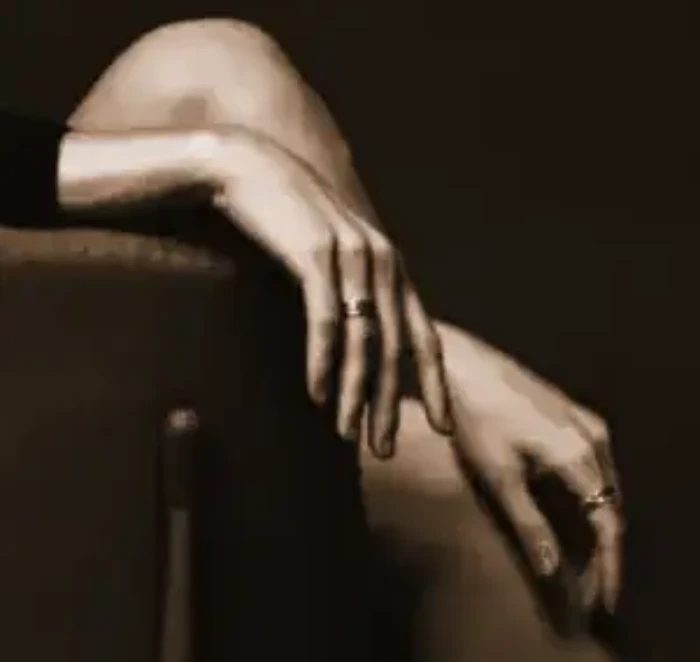Understanding Beauty
The quest to understand beauty is like trying to nail jelly to the wall—just when you think you've got it, it wobbles away into a new shape. It's a philosophical rollercoaster, where Plato's Forms sit in the front seat, hands in the air, shouting about the intrinsic qualities of beauty, while the rest of us are in the back, still trying to buckle up.
We've got objectivists and subjectivists throwing popcorn at each other, debating whether beauty is a universal truth or if it's all in the eye of the beholder. And let's not forget the cultural shifts, where beauty standards change faster than fashion trends in a teenager's wardrobe. One minute, it's all about symmetry and balance, and the next, we're celebrating the beauty in the imperfections. It's like trying to follow a recipe that keeps changing the ingredients—just as you've measured out your symmetry, someone decides to throw in a cup of cultural context for flavor.
Then there's the image part of the equation, where beauty becomes a high-definition photo on a glossy magazine cover, filtered through a lens of societal expectations and airbrushed to an inch of its life. It's enough to make your head spin faster than a merry-go-round at a beauty pageant. So, what do we do? We take a step back, appreciate the beauty in the chaos, and maybe have a good laugh at how seriously we take it all. Because at the end of the day, whether it's a sunset, a piece of art, or a cheap plastic lens flare that captures our heart, beauty is a puzzle that's more fun when it's a little bit messy. And who knows? Maybe that's the most beautiful thing about it.
Vincent van Gogh and Jackson Pollock
Vincent van Gogh's vibrant brushwork and emotive use of color were revolutionary, breaking away from the rigid constraints of art that preceded him. His work not only influenced the modernist painters who directly followed him but also set the stage for the abstract expressionists like Jackson Pollock. Van Gogh's art was characterized by a dynamic, emotional expression, which resonated with the post-World War II sentiment that Pollock encountered. Pollock's drip paintings, a hallmark of Abstract Expressionism, can be seen as an extension of Van Gogh's impasto strokes—both techniques emphasize the physical act of painting and the artist's presence. Moreover, Van Gogh's legacy as a misunderstood genius who gained appreciation posthumously may have helped pave the way for the acceptance of Pollock's radical departure from traditional techniques, as the art world had become more open to different forms and expressions of creativity.
Jackson Pollock's art stands as a testament to the unique capabilities of human creativity, a whirlwind of color and emotion that no chimpanzee could hope to replicate. It's not just about the ability to hold a paintbrush or fling paint with a certain panache; it's about the intention, the emotion, and the story behind each stroke. Pollock's technique, known as "drip painting," was revolutionary, creating a whole new language of abstract expressionism that spoke to the chaos and beauty of the human condition. His work wasn't just a random assortment of splatters—it was a carefully orchestrated ballet of movement, rhythm, and hue that captured the complexity of his inner world and the era he lived in.
The Uniqueness of Human Art: A Chimp Could Not Paint Like Pollack
Some people think a chimp could do Pollack’s paintings. Chimpanzees, while incredibly intelligent and capable of creating their own forms of art, operate on a different wavelength. Their art, fascinating as it may be, lacks the layers of meaning and intention that human artists like Pollock infuse into their work. A chimpanzee might be able to mimic the motion of throwing paint, but could it ever really understand the abstract concepts of existential angst or the socio-political commentary that Pollock's work embodied? Unlikely. The depth of human experience, our grasp of metaphor, and our ability to project our thoughts and feelings onto a canvas in a way that resonates with others—these are the things that set us apart from our primate cousins.
Moreover, Pollock's art was not just about the final product but also about the process—the dance between the artist and the canvas, the dynamic flow of energy, and the sheer physicality of his method. It was a full-body experience, a performance that required a human touch, a human mind, and a human soul. So, while a chimpanzee might be able to create something visually stimulating, calling it "Pollock-esque" would be a stretch as vast as the difference between our DNA and theirs. Pollock's work is a celebration of human individuality and expression, a reminder that while we may share a lot with our primate relatives, when it comes to art, there's a certain je ne sais quoi that remains uniquely human.
Understanding as a Journey
Understanding is a tricky beast; it's like trying to catch a greased pig at a county fair—slippery, unpredictable, and often leaving you face down in the mud. But here's the thing: not grasping something right away doesn't mean your brain has left the chat. It just means it's taking the scenic route, enjoying the view, and maybe stopping for some metaphorical ice cream along the way. Intelligence isn't about instant comprehension; it's about the journey of learning, the persistence to keep questioning, and the courage to say, "Hey, I don't get this... yet." So next time you're wrestling with a concept that's as elusive as a Wi-Fi signal in the wilderness, remember that even Einstein had his off days. He didn't come up with the theory of relativity while making a sandwich; it took years of thought, questioning, and probably a few wrong turns down the alleyways of physics.
In the grand comedy of learning, not understanding is the setup, and that 'aha' moment, when it finally clicks, is the punchline. And trust me, the wait makes the revelation all the sweeter, like finding out your blind date is actually a millionaire superhero who loves long walks and has an adorable puppy. So, embrace the not-knowing, because it's the prelude to the grand performance of understanding, and everyone loves a good build-up.
Art and Our Intellect

We bring to art our intelligence and mental health and, forgive us for using this word and self-indulgent nonsense “souls” to our efforts to grow and understand the world. Art teaches us possibilities and potentials, and truths about ourselves in how we understand and fail to understand ourselves and our world.
 Question? Comment? Rebuttal?
Question? Comment? Rebuttal?Copy the article's title or link to send with your response.




